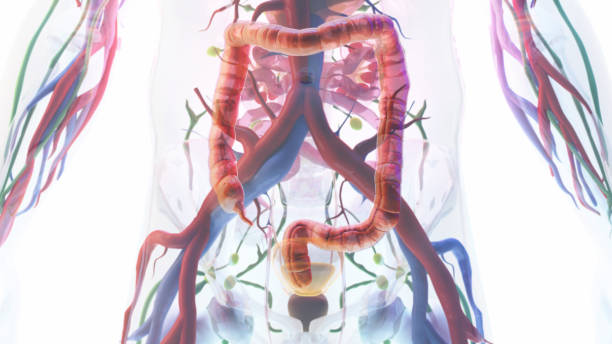Helicobacter pylori (H. pylori) is a type of bacterium that is commonly found in the stomach. This bacterium is estimated to be present in up to half of the world’s population, and it is a major cause of gastritis, peptic ulcer disease, and even stomach cancer. If you suspect that you may be infected with H. pylori, it is important to be aware of the symptoms and understand the treatments that are available.
Symptoms of H. Pylori
The symptoms of H. pylori can vary widely, and many people who are infected with the bacterium do not experience any symptoms at all. However, some of the most common symptoms of H. pylori include:
Abdominal pain: Pain in the upper part of the abdomen is a common symptom of H. pylori. This pain may be dull or sharp, and it may be relieved by eating.
Bloating: People with H. pylori may experience bloating, which is a feeling of fullness in the abdomen. This can be caused by gas or by the bacterium itself.
Nausea: Nausea is a common symptom of H. pylori, and it may be accompanied by vomiting.
Loss of appetite: People with H. pylori may lose their appetite, which can lead to weight loss.
Heartburn: Heartburn is a burning sensation in the chest that can be caused by H. pylori. This can be relieved by antacids.
Burping: People with H. pylori may burp more frequently, which can be a sign of the bacterium.
Dark stools: H. pylori can cause dark stools, which may be a sign of internal bleeding.
Diagnosis of H. Pylori
If you suspect that you may be infected with H. pylori, your doctor will perform a series of tests to diagnose the bacterium. Some of the most common tests include:
Urea breath test: This test involves drinking a solution containing urea, and then breathing into a bag. The breath is tested for the presence of H. pylori, which produces a substance that can be detected in the breath.
Stool antigen test: This test looks for antigens (substances that trigger an immune response) in the stool that are produced by H. pylori.
Blood test: A blood test can detect antibodies to H. pylori, which are produced by the body in response to the bacterium.
Endoscopy: An endoscopy is a procedure that involves inserting a flexible tube with a camera into the stomach to inspect the inside of the stomach and take biopsies. This procedure is often used to diagnose H. pylori, as well as other conditions such as ulcers.
Treatment of H. Pylori
If you are diagnosed with H. pylori, your doctor will prescribe a course of antibiotics to treat the bacterium. Antibiotics that are commonly used to treat H. pylori include clarithromycin, metronidazole, and amoxicillin. In addition to antibiotics, your doctor may also prescribe proton pump inhibitors (PPIs) to reduce the amount of acid in your stomach and help to heal any ulcers that have been caused by H. pylori.
Antibiotics: Antibiotics are the most common treatment for H. pylori. A combination of two or more antibiotics is often prescribed to ensure the bacterium is eliminated. The most common antibiotics used to treat H. pylori are clarithromycin, metronidazole, and amoxicillin.
Proton Pump Inhibitors: Proton pump inhibitors (PPIs) are medications that reduce the amount of acid produced by the stomach. PPIs are often prescribed along with antibiotics to treat H. pylori.
Bismuth Subsalicylate: Bismuth subsalicylate is an over-the-counter medication that can be used to treat H. pylori. This medication works by reducing the inflammation in the stomach caused by the bacterium.
Surgery: In severe cases of H. pylori infection, surgery may be required to remove the affected part of the stomach. This is a last resort, and only performed in cases where other treatments have failed.
Helicobacter pylori, also known as H. pylori, is a type of bacterium that is commonly found in the stomach. It is estimated that over 50% of the world’s population carries this bacterium, although not everyone will develop symptoms. When symptoms do occur, they can range from mild to severe and can be difficult to diagnose, as they often resemble other conditions. In this article, we will discuss the symptoms of H. pylori and the treatments available for this condition.

 Home
Home Health
Health Diet & Nutrition
Diet & Nutrition Living Well
Living Well More
More












